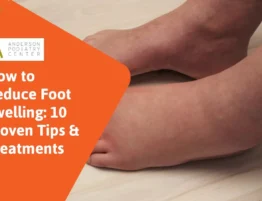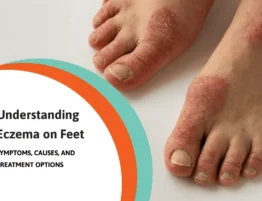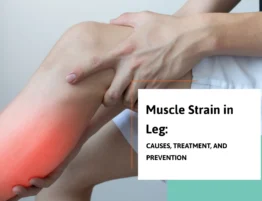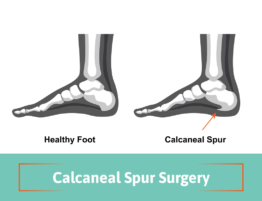
Sadly, jogging injuries are not uncommon. In fact, it’s very likely that you or someone you know has been benched due to a jogging injury, whether it be a shin splint, sprained ankle, leg or foot pain, or a stress fracture.
With a little help and preparation, you can ensure you stay off the bench and on the track.

Jogging injuries can come from an array of sources, but a common perpetrator is foot misalignment. Foot misalignment is often the culprit behind many injuries, including:
- Shin splint – a stabbing, aching pain in the shins that happens when the muscles and tendons covering the shinbone become inflamed.
- Sprained ankle – this painful injury is caused by the inward or outward stretching of the ligament, and can take weeks to months to fully heal.
- Leg, knee, and foot pain – caused by overuse, pulled muscles, joint strain, and runner’s knee, to name a few possible culprits.
- Stress fracture – tiny cracks in the bone that are the result of repeatedly pounding more force into the leg bones than they can handle. Don’t be deceived by their tininess: these cracks in the bones are very painful, and they can be difficult to recover from.
So what exactly is foot misalignment?
Alignment refers to how the axes of the bones line up. Misalignment is when the bones don’t line up properly, which puts extra stress on the outer parts of the joints where thin cartilage can’t withstand it. This puts added pressure on the ligaments, which weakens joints.
Common foot alignment issues include:
- Flat feet – can produce pain in the arch and lower leg, foot swelling, weakness in the toes, or there can be no pain at all, yet it still can be a huge factor in foot misalignment. A high arch can also misalign the feet.
- Pronation – the arch of the foot flattens, resulting in increased stress on the muscles, tendons, and ligaments.
- Supination – the outward roll of the foot. Supination, like pronation, results in increased stress on the muscles, tendons, and ligaments, and can also result in runner’s knee, Achilles tendonitis, plantar fasciitis, and many other injuries.
Even though jogging injuries are about as common as mosquitos in a swamp, there are actions you can take to help prevent them. Proper shoes, along with orthotics, are a fantastic way to realign your feet, and getting the correct orthotics can easily be accomplished by seeing a podiatrist. Also, by following a few simple preventative measures you can greatly reduce your risk of getting injured.

Dr. Murdock, one of our skilled doctors who is also an avid-runner, offers a few key tips for avoiding jogging injuries. First, practice cross-training: don’t do the same activity every day, and if you do the same activity, don’t have two hard days, but rather do a hard day and then an easy day.
He explains, “Listen to your body! Cross-train with biking, running, elliptical, etc. Make sure that part of your cross training is working your core. Core strength is really important in preventing injuries.”
Dr. Murdock also says to cross-train foot function with different shoes such as a stability shoe, cushion shoe, rock shoe, etc.
Next, avoid repetitive motion. One great way to do this, Dr. Murdock says, is by varying your pace so you’re not running fifteen miles at a seven-and-a-half minute pace, but rather change it to an eight-minute mile, then seven, then nine, etc. Also, make sure the surface you’re running on is flat, not an angle, to avoid tendon injuries.
Last, make sure to stretch. “I’m an advocate of stretching, particularly after a workout,” Dr. Murdock says.
Jogging injuries are common and often fierce, but by following the steps above they can be prevented.









Write a comment: